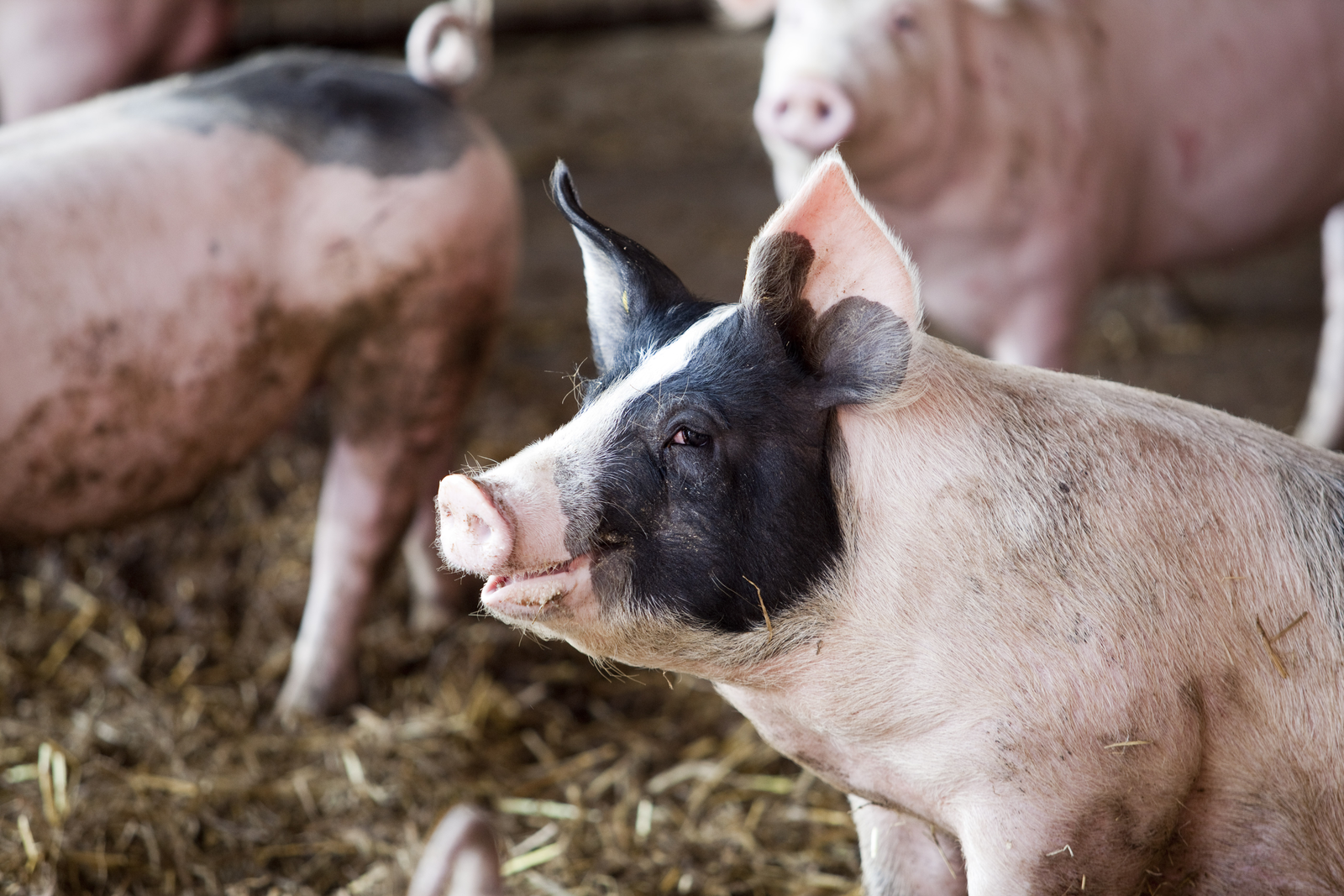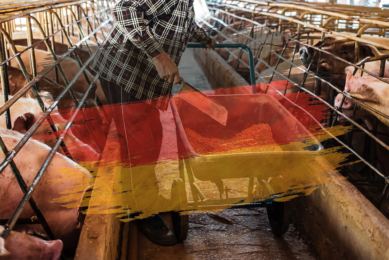Efficient mycotoxin binding: in-vivo trials

A mycotoxin binder, based on specifically activated clays alone or in combination with a patented not-digestible plant polymer, shows good binding properties. The neutralising effect of the binder was further tested in broilers and pigs.
By Dr Nicola Tallarico, technical service manager, Kemin Europe, Belgium
Presence of mycotoxins in animal feed, even with differences between years of harvest, areas of origin and storage conditions, is widely demonstrated by huge numbers of analysis carried out constantly by both private companies and public authorities. At the same time, the co-occurrence of various mycotoxins can represent a clear risk for animal performance or health status. In this scenario only an effective mycotoxin binder would be the reasonable tool, in terms of efficacy and cost-treatment, to avoid mycotoxicosis issues in animals fed contaminated feeds. The ideal mycotoxin binder has to be effective at different pH values, has to be both stable during the main feed processing and non-digestible. It also has to bind a broad range of mycotoxins and keep them bound along the entire gastro-intestinal tract (GIT) promoting their excretion in faeces. Finally, it should not bind essential nutrients.
Activated clays
Kemin has developed a mycotoxins binder product line* (hereafter called ‘binder’), based on specifically activated clays alone or in combination with a patented not-digestible plant polymer. The binder contains bentonite which is fulfilling the requirements of EU regulation 1060/2013, making it authorised in the EU as a substance with validated Aflatoxin B1 deactivation. The binder has undergone several in vitro tests to evaluate the binding efficacy of the ingredients included in the formulas, as well as the final products, versus a broad variety of mycotoxins. For this purpose, Kemin’s scientists have implemented a pH related dose-response binding test based on a method published by Döll et al. in 2004. This specific method of analysis evaluates the ability of increasing doses of active ingredients/products, to bind a standard amount of each tested mycotoxin at a pre-fixed pH. To compare two or more samples, the C50 dose method is applied. This represents the dosage of active ingredients/products able to bind 50% of the specific amount of each mycotoxin.
Effect on broiler performance
In vitro data should always be validated in the field through in vivo performances and animal trials. A scientific trial was set up to evaluate the efficacy of the binder in broilers. Aim was to see if the binder could bind a cocktail of different mycotoxins from the three main groups of moulds: Fusarium, Aspergillus and Penicillium. Contaminated feeds were obtained including 250 ppb each of the following mycotoxins: Aflatoxins, Ochratoxin A, Citrinin and T-2 toxin (Adams 2007). Birds were randomly allocated in one of the following experimental trial groups: 1) negative control (no mycotoxins, no binder); 2) negative control + binder, 3) positive control (mycotoxins, no binder) and 4) positive control + binder. In this trial design it is important to highlight the presence of group 2, which is fundamental to prove that any mycotoxins binder has no growth promoting or other collateral performance enhancer activities. In this way, it can be shown that the benefits registered after binder inclusion in contaminated feeds are to be ascribed to its direct effect to neutralize mycotoxins (binding). The binder promoted the excretion of Aflatoxins (80%), Ochratoxin A (72%), Citrinin (80%) and T-2 toxin (76%) in the faeces (Table 1). This efficacy of the binder was found back in the positive animal performances (Table 2), organ status recovery (Table 3) and vaccination antibody response (Figure 1). In other recent trials, different combinations and/or dosages of mycotoxins were tested and in all the trials the positive effects on biochemical, morphological and immunological characteristics, as well on animal performances recovery were directly correlated with the increased excretion of mycotoxins in the faeces, when the binder was included in the diet.
Binding efficacy in swine
In swine, most problems occur with Zearalenone (ZEA), as it affects the reproductive parameters. A specific patented formula** (hereafter called ‘ZEA binder’) has been developed that has high affinity to bind this mycotoxin. In a previous trial, (AllAboutFeed Mycotoxin Special, 2012), the efficacy of three different dosages of the ZEA binder to prevent the negative effect on reproductive parameters of sows receiving feed contaminated with a very high level of ZEA (1ppm) was evaluated. A clear reduction of vulva size and an increase of serum 17β-estradiol were registered in groups fed contaminated feed plus the ZEA binder. In another trial, the product was tested to evaluate its efficacy to control the clear symptoms of severe ZEA contamination on the reproductive status. The vulva inflammation score system was implemented giving value of 1 to the normal situation and a value of 4 to very enlarged and reddened vulva. Results in Figure 2 clearly show the continuous administration to gilts of feed contaminated with ZEA and without the ZEA binder results in a clear increase of vulva score. At the end of the trial, differences were high statistically significant (p<0.01). despite the very high zea contamination, the addition of the zea binder avoided the appearance of clear symptoms till five weeks after the treatment started. after six weeks some symptom appeared but they were statistically less intense than in the group without the zea binder. in the same trial the plasma level of 17β-estradiol was measured at three and six weeks after the mycotoxin contaminated feed started to be administered. already after three weeks its level significantly decreased in the group fed zea contaminated feed, and after six weeks the differences were statistically significant (>Figure 3). The addition of the ZEA binder prevented the absorption of ZEA and thereby its negative influence on the level of 17β-estradiol.</0.01).>
[Source: Managing mycotoxins, 2014]
Note: Certain statements may not be applicable in all geographic regions. Product labelling and associated claims may differ based upon regulatory requirements.
References are available on request.
*TOXFIN, **TOXFIN Supreme











